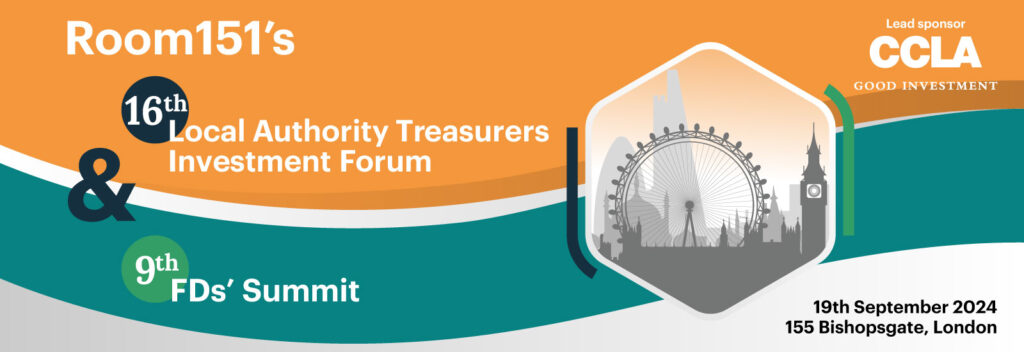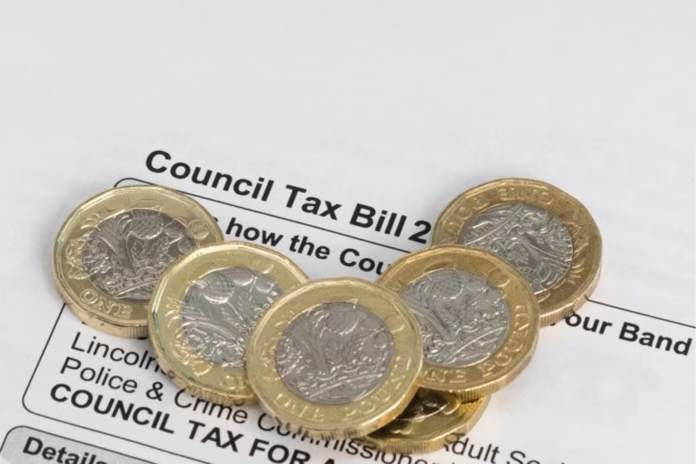Councils in England are likely to be forced to cut back some areas of service provision – and where this is no longer possible, face being pushed to the financial brink, according to new research.
In a report setting out scenarios for English councils’ funding and spending, the Institute for Fiscal Studies (IFS) found that existing overall spending plans imply that ‘unprotected’ services could be cut by 1.9–3.5% a year in real terms between now and 2028–29.
But councils that have already made huge cuts to discretionary services and still face spiralling costs in non-discretionary services will be “at risk of severe financial distress”.
The IFS described the main political parties’ “silence” on how they would address the challenges facing local government as “remarkable”, with the Local Government Association (LGA) warning of a deepening “chasm” between service demand and delivery.
The main political parties’ manifestos have given “no indication of whether the next government would prioritise council funding, as has been the case since 2019, or cut it by more than average, as was the case in the 2010s”, the IFS said.
Growth in demand and cost pressures would need to almost halve for the change in overall funding to keep pace with these pressures across England as a whole, even with no real-terms cuts to central government grants and with council tax increasing by 5% a year, the IFS reported.
It cited LGA analysis, which suggested that if demand and cost pressures continue to increase at the same rate as in recent years, real-terms funding increases of around 4.5% a year would be needed to maintain service provision.

Councils in the most deprived areas are likely to face the “most difficult funding situation”, the IFS added. If all councils’ grant funding were cut by 2.7% a year in real terms and council tax increased by 5% a year, councils covering the most deprived tenth of areas would see their overall funding increase by just 1.3% a year in real terms, the IFS stated. This would compare with 3.0% a year in the least deprived tenth of areas.
To avoid this, the IFS said there would “need to be significant redistribution of grant funding from less deprived to more deprived areas, which may be difficult to implement, especially if overall grant funding is constrained”.
Additionally, if council tax increases by around 5% a year in the next parliament – in line with the maximum allowed over the last two years without a referendum – “the average band D rate would be around £600 higher per year in April 2029 than now”. After accounting for household inflation, the IFS calculated that the real-terms increase in council tax bills (averaging just over 3% a year) would be the highest since the 2001–05 parliament (when they averaged 6% a year).
If grant funding were to be cut by 2.7% a year in real terms (the mid-point of the range for unprotected services) and council tax increased by 5% per year, English councils’ overall funding would increase by an average of 2.1% a year in real terms, after adjusting for whole-economy inflation, the IFS research found.
“Even under a relatively optimistic scenario where grant funding was frozen in real terms, English councils’ overall funding would increase by an average of 2.5% a year in real terms. The average real-terms increase in overall funding from 2019 to 2024 has been 2.9% a year,” the IFS said.
Long road to ruin?
The report, titled ‘What is the outlook for English councils’ funding?’, was funded by the abrdn Financial Fairness Trust and the Nuffield Foundation.
Commenting on the findings, Kate Ogden, a senior research economist at the IFS and an author of the report, said: “Many councils are under clear financial strain. They are struggling to meet the surging demand and cost for services such as children’s and adults’ social care residential placements, special educational needs support and temporary accommodation for the homeless. Unless these pressures slow down significantly and quickly, or the next government gives a big injection of funding to local government, councils will likely need to make cutbacks to some areas of provision.
“Given that more discretionary services have often seen cuts of 40% or more since 2010, councils may struggle to do this. More could be pushed to the financial brink, like Birmingham, Thurrock and Woking. It is remarkable that the main parties have been silent on how they would address these challenges.”
David Phillips, an associate director at IFS and another author of the report, commented: “With many councils struggling to fund their existing responsibilities, the next government should be particularly careful in ensuring plans are in place for funding any additional responsibilities they are given. This is particularly true for adult social care services, where the Conservative, Labour and Liberal Democrat manifestos made commitments to expand service provision.
“However, none has identified sufficient funding to fully cover the costs of their proposals. Without additional funding, these reforms would intensify the pressures on councils’ budgets – potentially seeing some existing social care recipients losing support to help pay for expansions of provision to other, typically wealthier individuals, as financial means-tests are relaxed or abolished.”
Responding to the report, Kevin Bentley, senior vice chairman of the Local Government Association, noted recent analysis that identified a funding gap of more than £6bn facing local services over the next two years, fuelled by rising cost and demand pressures.
“[This] means a chasm will continue to grow between what people and their communities need and want from their councils and what councils can deliver,” Bentley said.
“The LGA is calling on all political parties to commit to a significant and sustained increase in funding for councils in the next Spending Review, alongside multi-year funding settlements and plans to reform the local government finance system.”
See Room151’s Municipal Missions Manifesto series for articles from local government sector voices on resetting the relationship between national and local government under the next administration. All articles in the series so far can be viewed here.
—————
FREE bi-weekly newsletters
Subscribe to Room151 Newsletters
Follow us on LinkedIn
Follow us here
Monthly Online Treasury Briefing
Sign up here with a .gov.uk email address
Room151 Webinars
Visit the Room151 channel











